Steering Knuckle Replacement RWD
Removal Procedure
Tools Required
| • | J 23742 Ball Joint Seperator |
| • | J 24319-B Universal Steering Linkage Puller |
| • | J 6627-A Tie Rod Puller |
Caution: Floor jack must remain under the lower control arm during removal and installation to retain the lower control arm in position. Failure to do so could result in personal injury.
- Raise the vehicle. Refer to Lifting and Jacking the Vehicle in General Information.
- Remove the rotor. Refer to Front Wheel Hub, Bearing, and Seal Replacement .
- Remove the bolts that attach the splash shield to the steering knuckle.
- Remove the cotter pin.
- Remove the tie rod end stud nut.
- Disconnect the tie rod end from the steering knuckle using J 6627-A .
- Remove the lower ball joint stud from the steering knuckle using J 23742 .
- Remove the upper ball joint stud from the steering knuckle using J 23742 .
- Remove the steering knuckle from the lower ball joint stud.
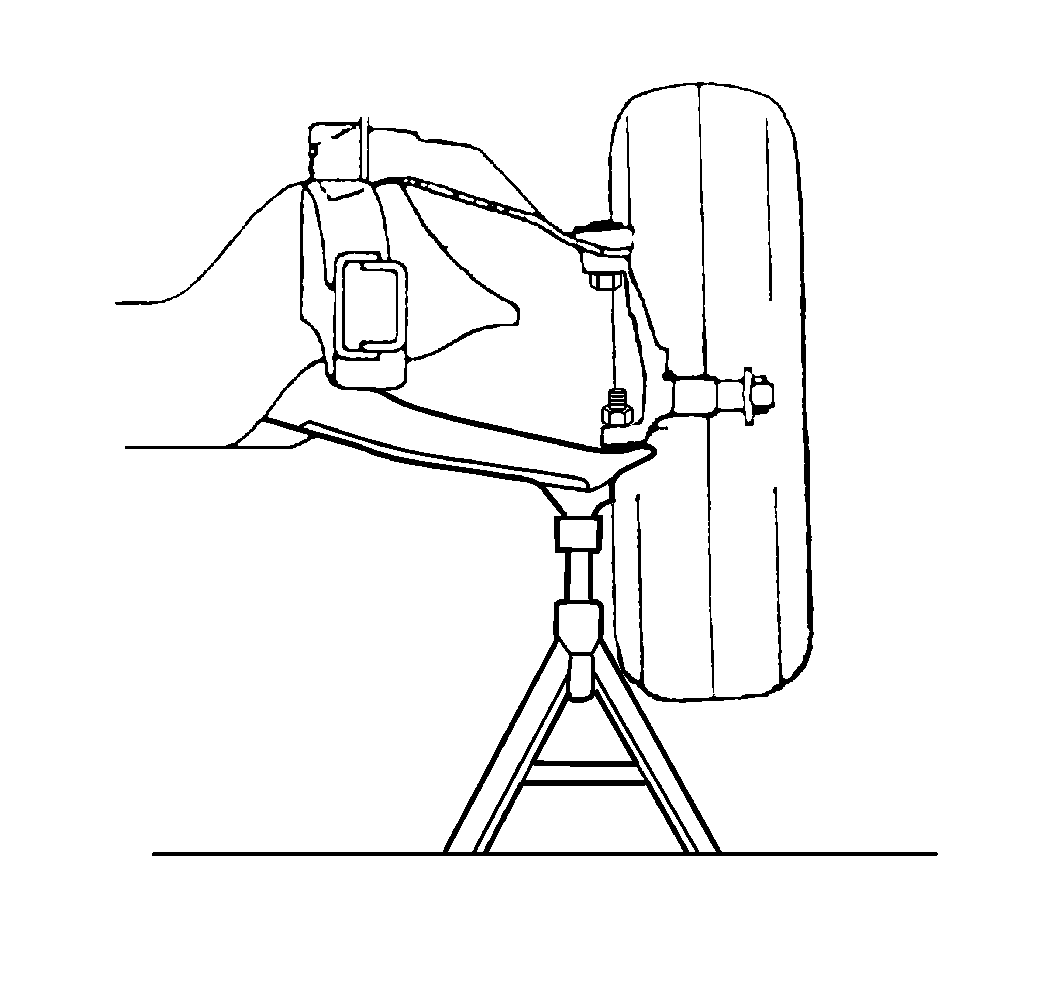
| • | Support the lower control arm with floor stands. |
| • | Place floor stands under the lower control arms as far outboard as possible (between spring seats and ball joint) to maintain maxium leverage. |
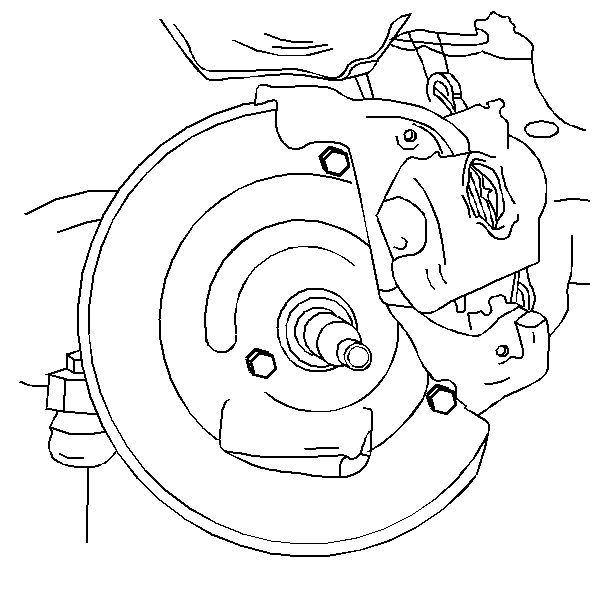
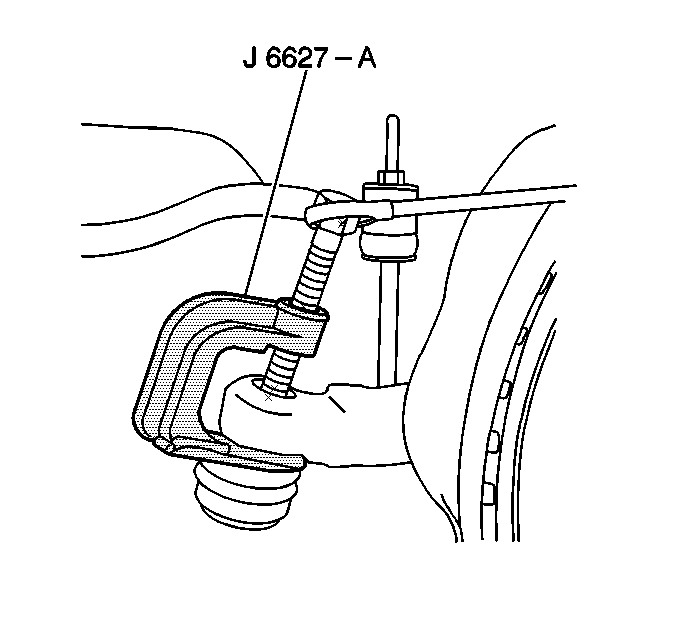
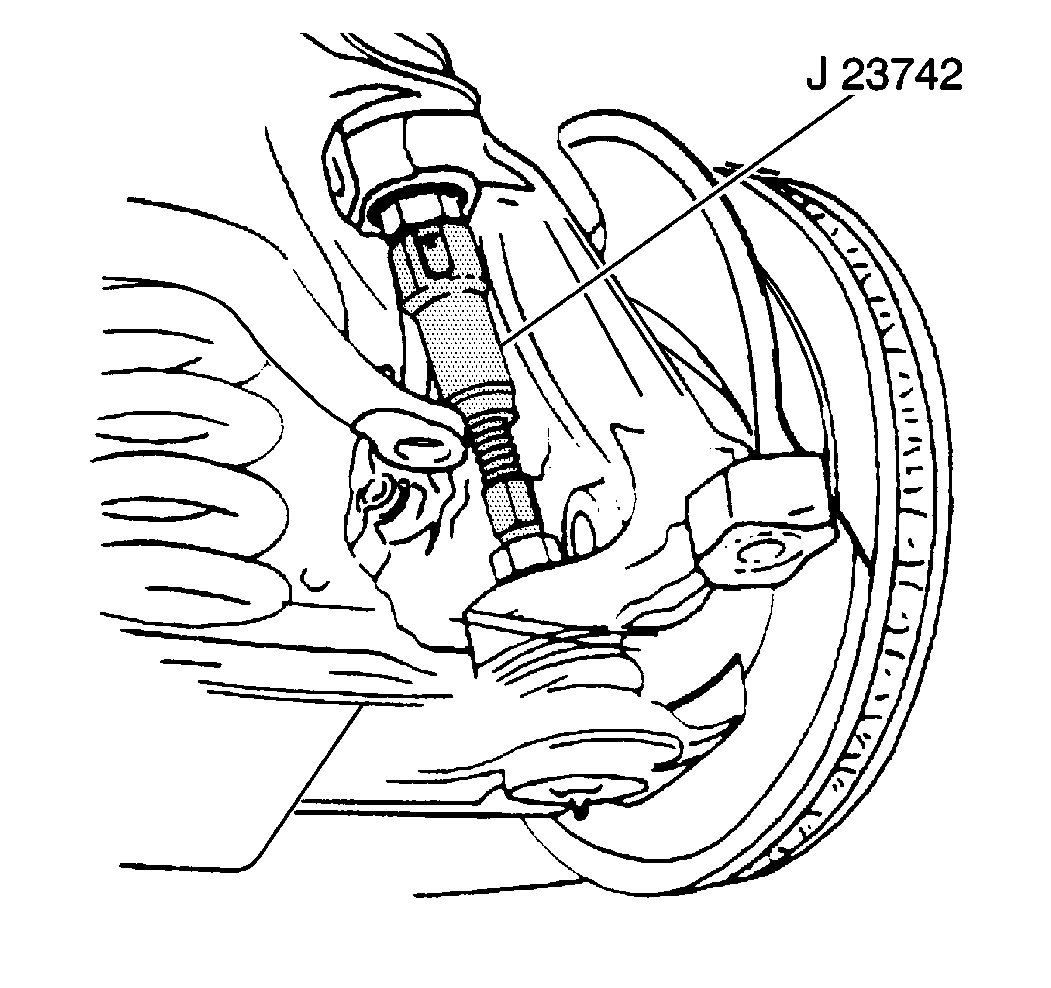
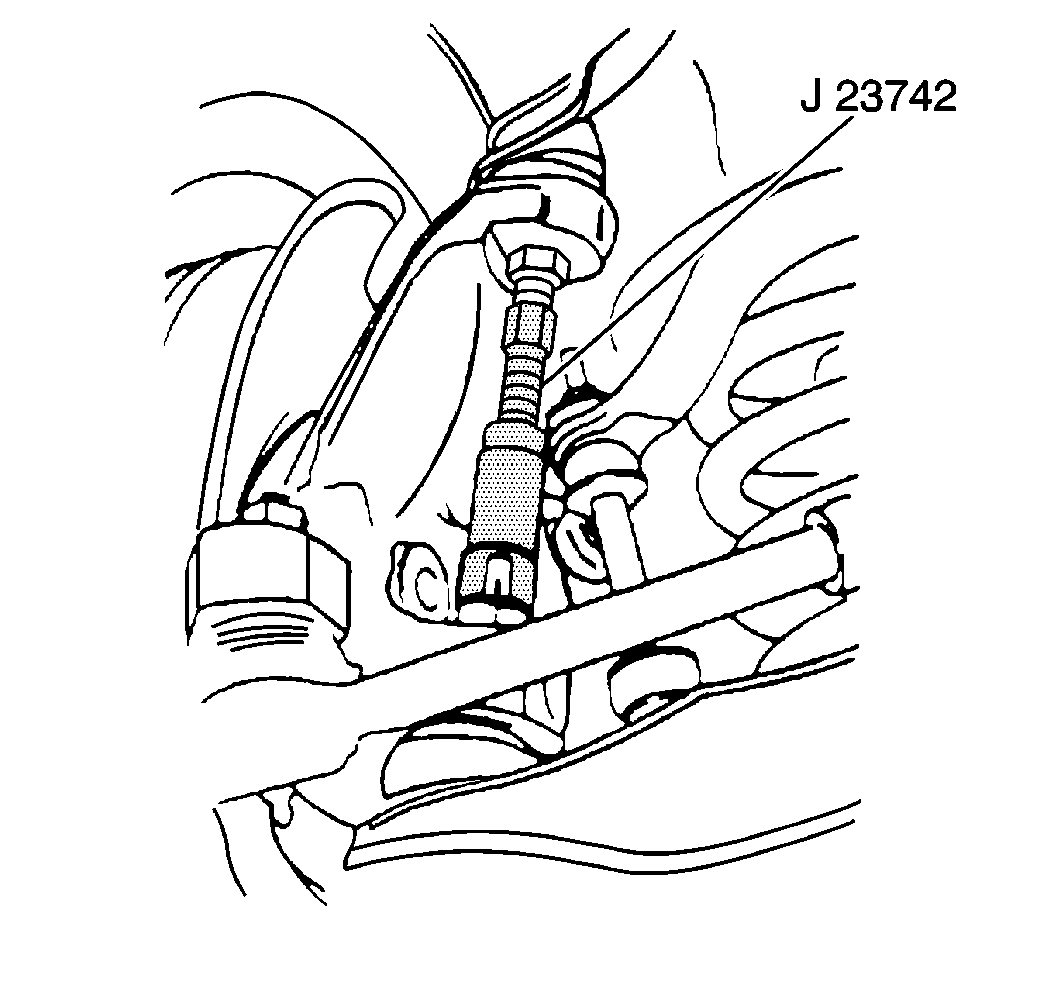
| 8.1. | Position a floor jack under the lower control arm near the spring seat. Raise the jack until the jack supports the control arm. |
| 8.2. | Raise the upper control arm. Disengage the ball joint stud from the steering knuckle. |
| 9.1. | Clean the steering knuckle. |
| 9.2. | Inspect the steering knuckle tapered hole. Replace the steering knuckle if this tapered hole is out-of-round, deformed, or damaged. |
Installation Procedure
Tools Required
J 29193 Steering Linkage Installer
- Install the upper ball joint to the steering knuckle. Refer to Upper Control Arm Ball Joint Replacement .
- Install the lower ball joint to the steering knuckle. Refer to Lower Control Arm Ball Joint Replacement .
- Install the splash shield to the steering knuckle.
- Install the splash shield bolts.
- Install the tie rod end to the steering knuckle.
- Seat the taper using J 29193 .
- Tighten J 29193 to 54N·m (40 lb ft).
- Remove J 29193 from the tie rod end ball stud.
- Install the tie rod end retaining nut.
- Install the rotor. Refer to Front Wheel Hub, Bearing, and Seal Replacement .
- Lower the vehicle.
- Check the front wheel alignment. Refer to Wheel Alignment Specifications in Wheel Alignment.
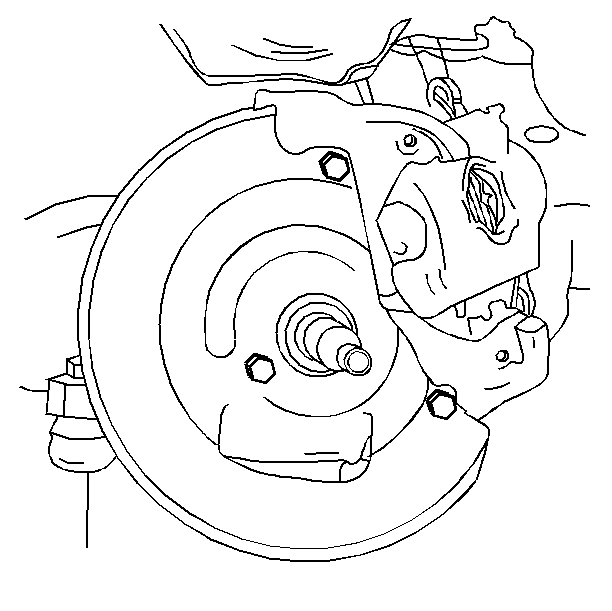
Notice: Use the correct fastener in the correct location. Replacement fasteners must be the correct part number for that application. Fasteners requiring replacement or fasteners requiring the use of thread locking compound or sealant are identified in the service procedure. Do not use paints, lubricants, or corrosion inhibitors on fasteners or fastener joint surfaces unless specified. These coatings affect fastener torque and joint clamping force and may damage the fastener. Use the correct tightening sequence and specifications when installing fasteners in order to avoid damage to parts and systems.
Tighten
Tighten the splach shield bolts to 26 N·m (19 lb ft).
Ensure that the4 seal is on the stud.
Tighten
Tighten the tie rod end retaining nut to 53 N·m (39 lb ft).
Steering Knuckle Replacement 4WD
Removal Procedure
Tools Required
J 24319-B Tie Rod End Puller
- Remove the hub and bearing assembly. Refer to Front Wheel Hub, Bearing, and Seal Replacement .
- Remove the cotter pin from the outer tie rod ball stud nut.
- Remove the outer tie rod ball stud nut.
- Remove the outer tie rod end from the steering knuckle using J 24319-B .
- Remove the upper ball joint from the steering knuckle. Refer to Upper Control Arm Ball Joint Replacement .
- Remove the lower ball joint from the steering knuckle. Refer to Lower Control Arm Ball Joint Replacement .
- Remove the steering knuckle from the vehicle.
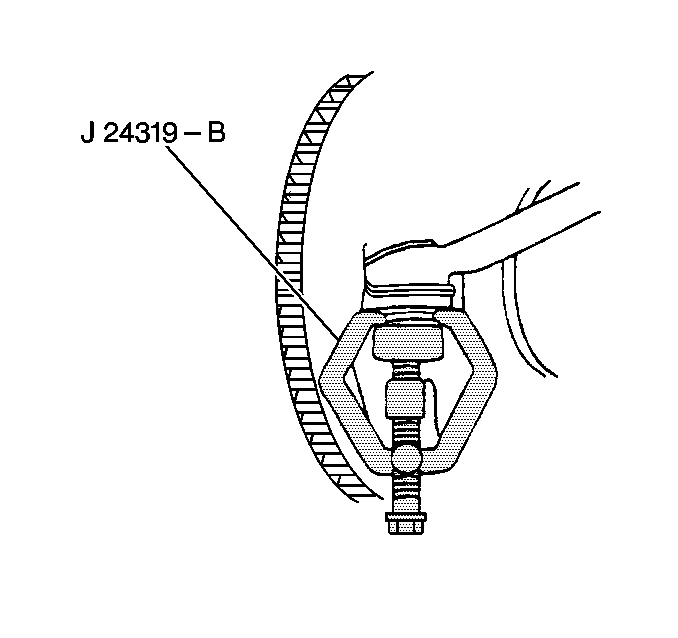
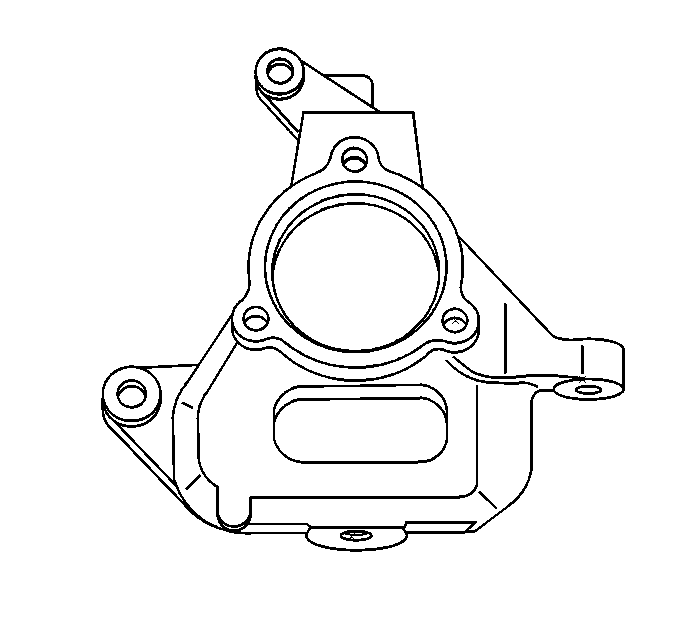
Installation Procedure
- Install the steering knuckle to the upper and lower ball joints ball studs.
- Install the lower ball joint to the steering knuckle. Refer to Lower Control Arm Ball Joint Replacement .
- Install the upper ball joint to the steering knuckle. Refer to Upper Control Arm Ball Joint Replacement .
- Install the tie rod end ball stud to the steering knuckle.
- Install the outer tie rod ball stud nut.
- Install a new cotter pin to the outer tie rod stud nut. Bend the pin ends against the nut flats.
- Remove the hub and bearing assembly. Refer to Front Wheel Hub, Bearing, and Seal Replacement .

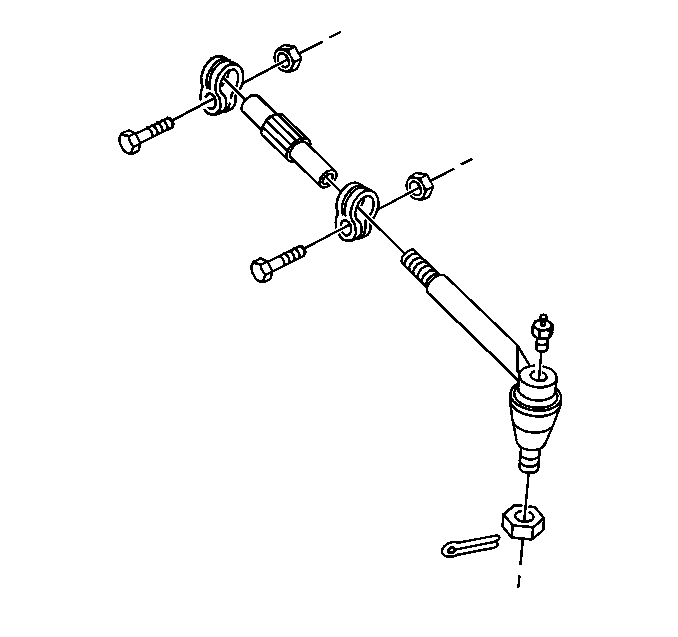
Notice: Use the correct fastener in the correct location. Replacement fasteners must be the correct part number for that application. Fasteners requiring replacement or fasteners requiring the use of thread locking compound or sealant are identified in the service procedure. Do not use paints, lubricants, or corrosion inhibitors on fasteners or fastener joint surfaces unless specified. These coatings affect fastener torque and joint clamping force and may damage the fastener. Use the correct tightening sequence and specifications when installing fasteners in order to avoid damage to parts and systems.
Tighten
Tighten the outer tie rod ball stud nut to 53 N·m (39 lb ft).
